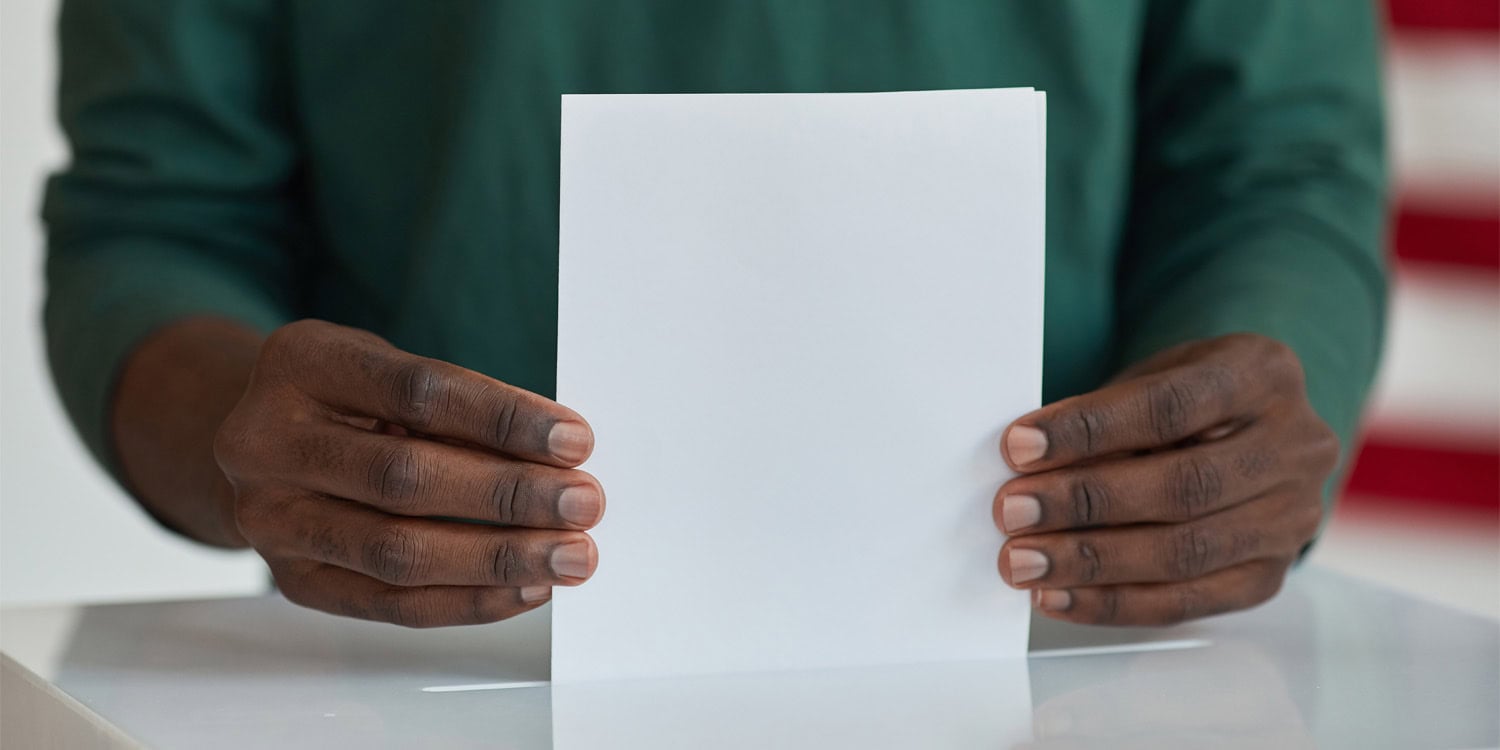A recent study has shown that voters are more likely to believe vote counts are accurate when election results are monitored by a range of different officials, including government election workers, political party representatives, and non-partisan observers. The research suggests that having various monitoring groups present at polling places can increase voter confidence in the election process, regardless of voters’ political leanings or pre-existing trust in electoral bodies.
The study, published in the Journal of Experimental Political Science, was conducted by Fanisi Mbozi from New York University Abu Dhabi.
Mbozi’s work builds on prior research that has largely focused on the role of non-partisan observers in enhancing perceptions of election integrity. However, Mbozi’s research expands this scope to examine how political party agents and government officials also contribute to voter confidence in the reliability of vote counts. By investigating these additional influences, the study sheds light on how diverse polling supervision might counter public distrust in election processes, especially in regions where vote-counting disputes are common.
The motivation behind this research stems from recent election controversies in countries like Malawi and Kenya, where vote-count disputes have caused significant public unrest. In these settings, voters often have little direct knowledge of what happens in the vote-counting process, relying instead on limited information provided by groups allowed to observe vote counting.
Political party agents and government officials are frequently among these monitors, working alongside non-partisan election observers to oversee the fairness of the process. Mbozi sought to understand whether these different groups could independently affect voters’ perceptions of election integrity, given that each group’s presence may signify different levels of oversight and protection against fraud. In regions where past irregularities in the vote-counting process have led to disputes, the study aimed to provide insights into which aspects of poll supervision might foster greater confidence in election results.
Mbozi conducted the study through a conjoint experiment, which involved 390 respondents from Malawi and Kenya. Conjoint experiments present participants with a set of options that vary systematically along several dimensions; in this case, the experiment featured vote-tally sheets showing different combinations of monitors’ signatures to simulate polling station conditions.
Each tally sheet image either included or omitted signatures from government election officials, political party agents, and non-partisan observers, creating a visual prompt for voters to evaluate. Participants were asked to choose which tally sheet, in their view, presented more reliable vote counts, with each participant viewing and evaluating multiple pairs of tally sheets. The absence of a group’s signature implied that group’s absence from monitoring the vote count.
By observing which tally sheets participants deemed more trustworthy, Mbozi was able to gauge the perceived importance of each monitor type. Additionally, the study asked participants follow-up questions about their selections to understand the specific reasons for their choices. This allowed the researcher to explore whether voter preferences for certain monitors were based on partisan affiliation, trust in electoral institutions, or prior awareness of the observer groups’ roles.
Overall, the experimental design sought to capture voters’ initial reactions to monitored and unmonitored polling conditions, offering insights into the qualities that might influence public confidence in election outcomes.
The findings showed that the presence of any one of these groups—government election officials, party agents, or non-partisan observers—positively impacted voter perceptions of election integrity. Interestingly, voters showed the highest level of trust when multiple groups were represented, with the presence of both political party agents (especially from opposing parties) and a non-partisan observer creating the greatest sense of reliability. This suggests that a diversity of monitors may serve as a strong deterrent to perceptions of fraud, as voters likely interpret the involvement of multiple perspectives as added accountability.
Furthermore, voters appeared to value the presence of non-partisan observers, even if they had limited knowledge of these groups’ roles beforehand. The study’s results also indicated that voters’ responses did not depend significantly on their prior trust in the country’s electoral institutions or their party affiliation. This suggests that the benefits of poll monitoring extend beyond individual political identities or institutional loyalty. The outcomes may reflect a more general preference for transparency and diverse oversight, regardless of voters’ personal backgrounds or political leanings.
While the study’s results provide valuable insights, there are some limitations. Since the research was conducted online, the sample population was more likely to be educated and politically aware than the average voter in Malawi or Kenya, which could affect how representative the findings are for broader populations, particularly in more rural or less digitally connected areas. Future research might explore the impact of poll monitoring in these different demographic segments to understand how perceptions vary across educational and political engagement levels.
The study, “When Do Voters See Fraud? Evaluating the Effects of Poll Supervision on Perceptions of Integrity,” was published July 30, 2024.




